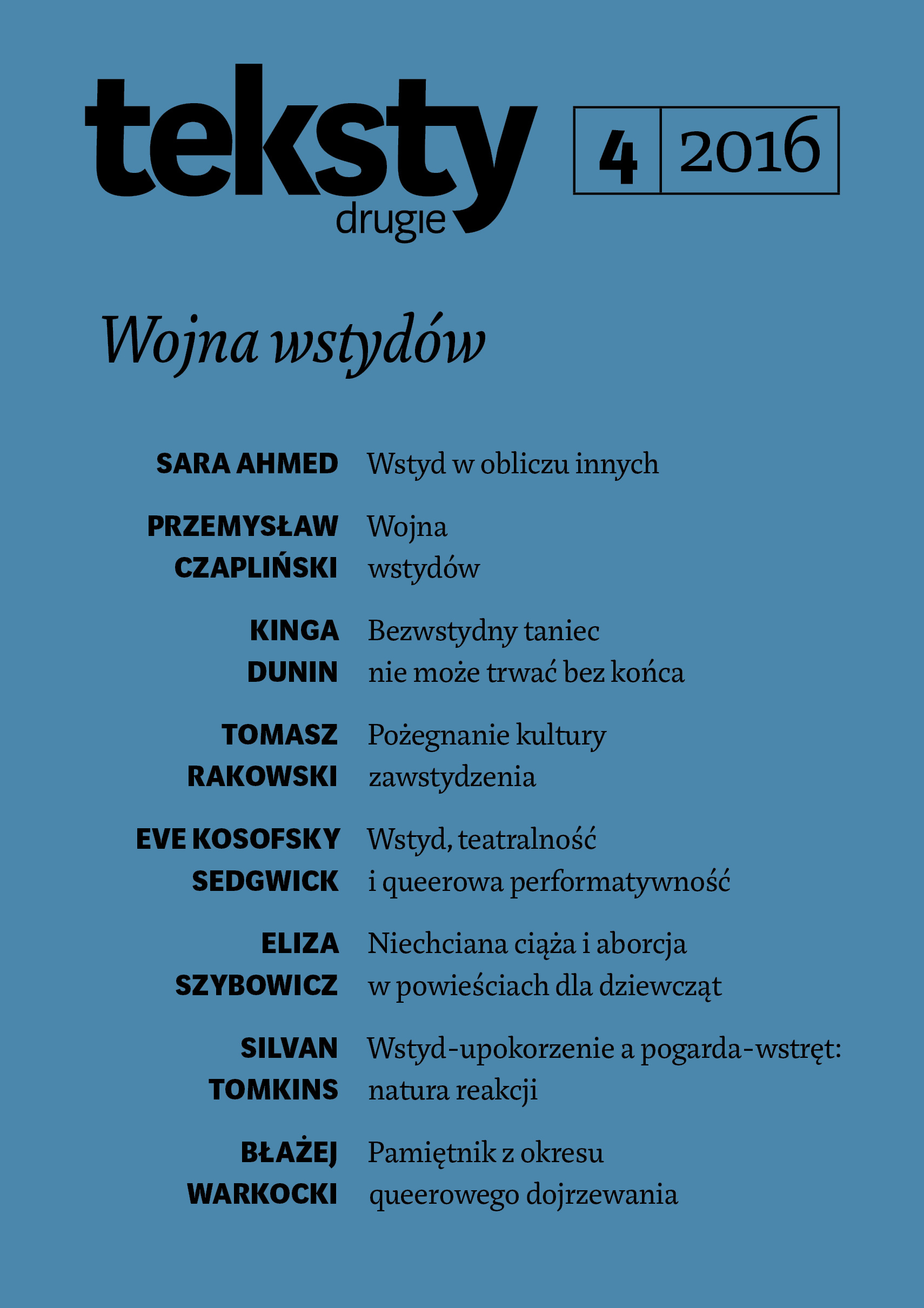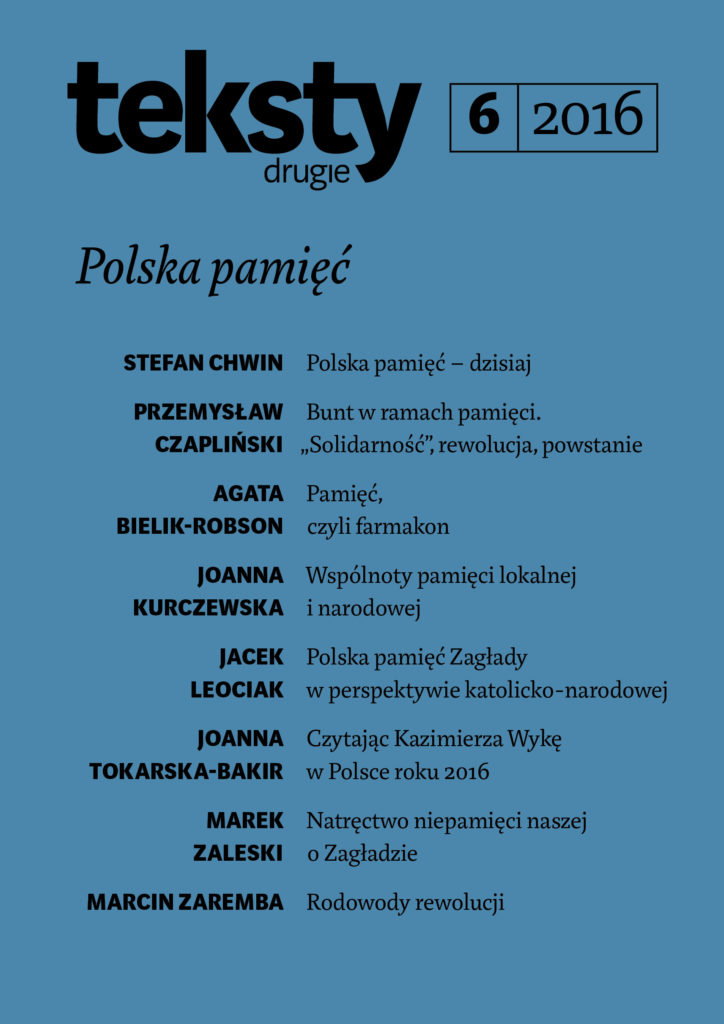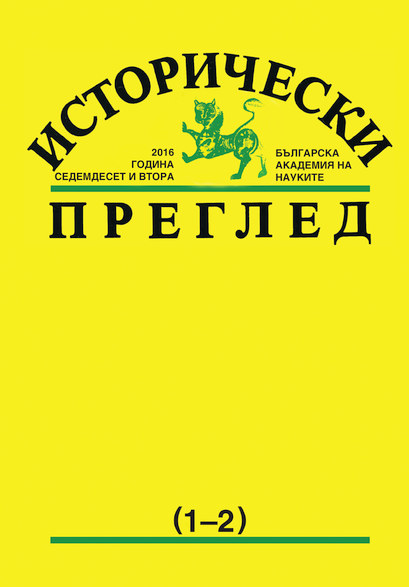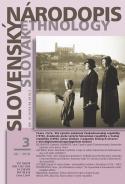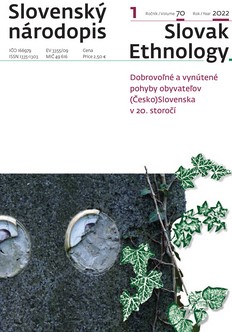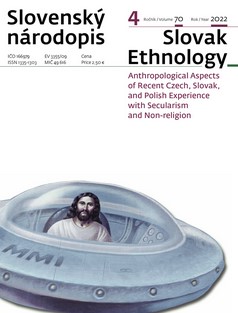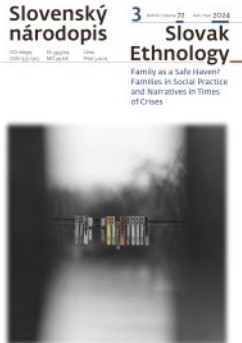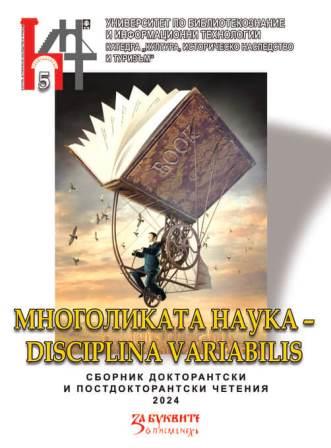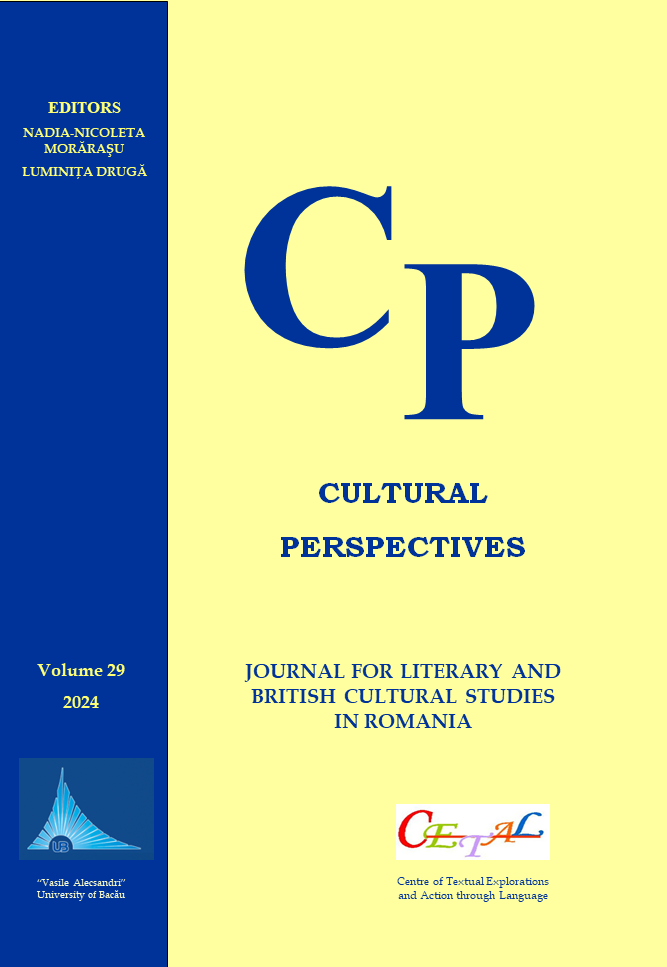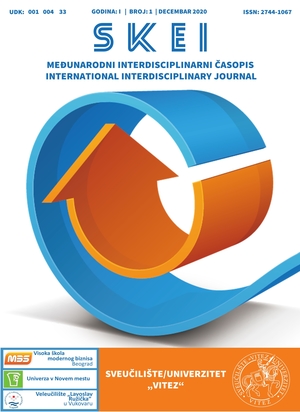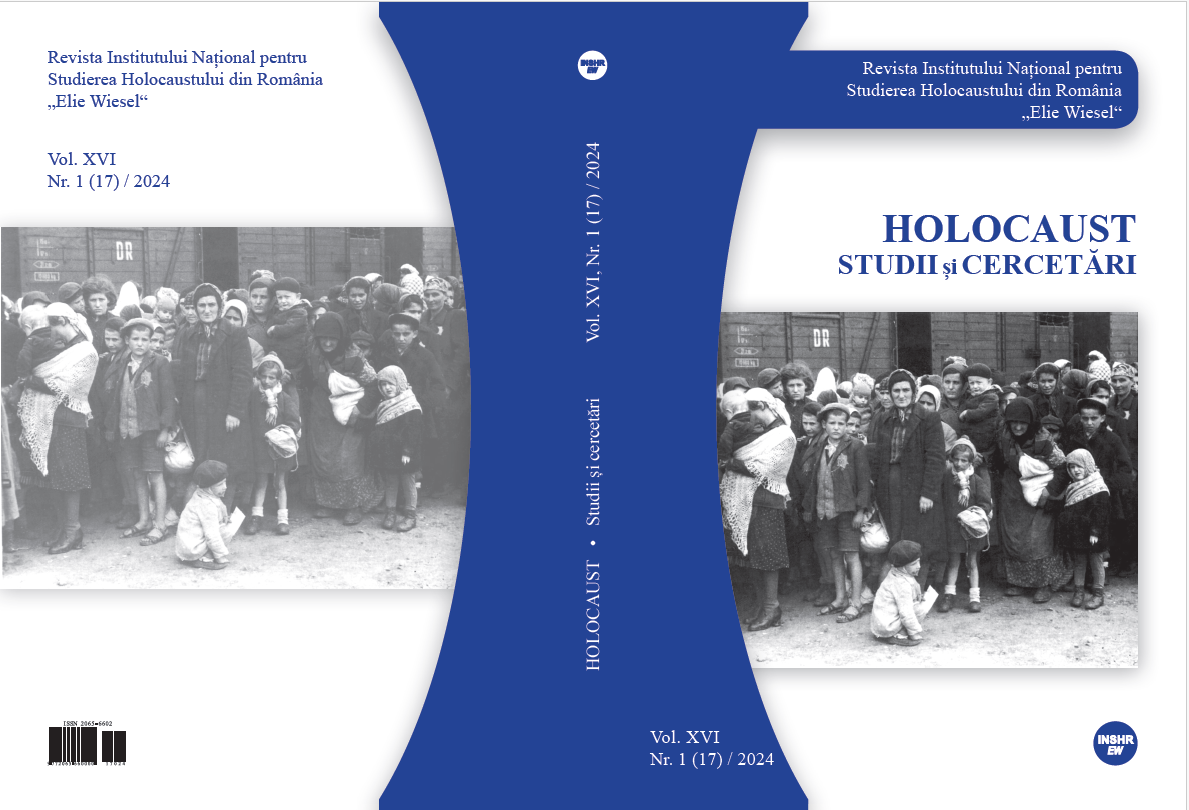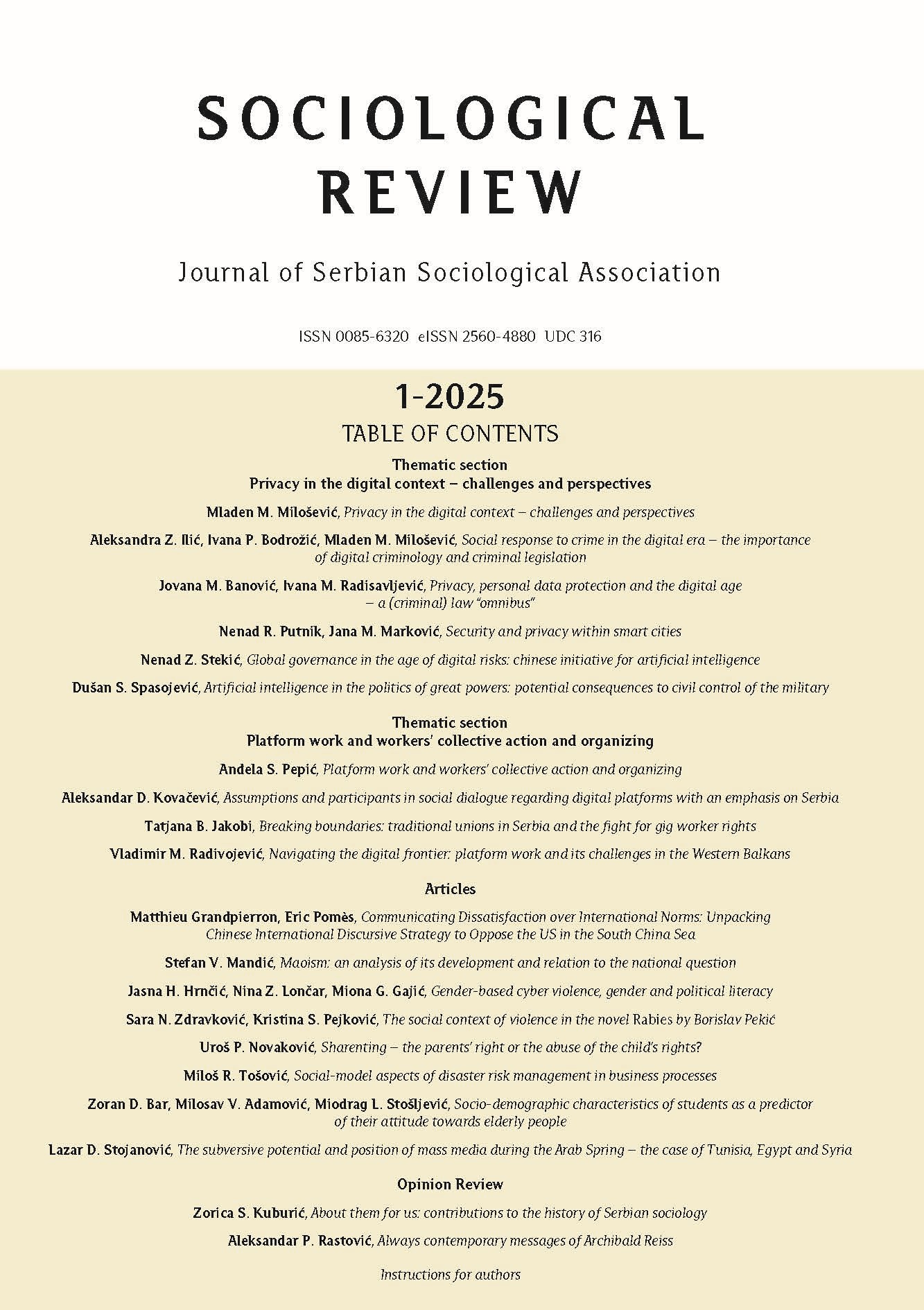Author(s): Ondřej Jirásek / Language(s): English
Issue: 3/2020
Opava has always been a city on the border. So there have been many changes of regimes and states to which Opava belonged, as well as changes of the city’s ethnic composition. The most numerous and rapid changes happened during the 20th century; whereby the city was part of the Austro-Hungarian Empire until 1918, then the first Czechoslovak republic until 1938, then part of the German Reich until 1945, then returning to be part of the Czechoslovak republic until 1993 and finally, as part of the Czech Republic till today. Within the century, Opava experienced a constitutional monarchy and periods of liberal democracy alternating with Nazi and Communist dictatorships. In addition to this, the circumstances of the Second World War changed the ethnic composition of the city. Thus, the history and cultural heritage of Opava are interesting sources for studying the politics of memory, the processes of urban space nationalization, as well as the symbolic changes. The politics of memory are, in certain forms, an expression of ideologies and efforts to fit memory by commemorating chosen cultural moments while other cultural moments are omitted by removing the links that lead to their remembrance. The main power groups try to convince the public of the legitimacy of their government by maintaining an awareness of the history held by the authority position or ideas that justify its legitimacy. In practice, the possibility to decide which elements of the past should be remembered have become an important source of power. The aim of the paper is to analyse and compare the politics of memory and efforts to change Opava’s symbolism. The study focuses primarily on the projection of ideologies and identities onto the symbolic landscape under different regimes during the twentieth and twenty-first centuries. Within the research the concept of urban symbolism is used in dealing with the city’s cultural dimension with a focus on the distribution and meaning of symbols and rituals in relation to the cultivated surroundings. Urban symbolism is expressed through different phenomena, such as the city layout, architecture, monuments and memorials, street and place names, as well as rituals, festivals and processions, as well as myths, novels, films, poetry, music, and websites. All of them can be considered symbol bearers. The study is limited to the analysis of urban public space aspects, such as the destruction and construction of symbolic sites (plaques, statues, monuments, buildings, graves), the renaming of streets and places, and commemorative rituals. In addition to literary sources, chronicles, periodicals and archival sources consulted. Also unrealized plans were taken into account, because especially plans testify to the politics of memory and the effort to change urban symbolism. The ambition of this article is to answer the following questions: How had been changing the politics of memory during the 20th century in Opava? How the city symbolism had been transforming in relation to the changes of jurisdiction to different states or political regimes and how sublimated into present form. How different approaches of political regimes and states to national history and cultural memory? The paper synthesizes the results of research of urban symbolism and politics of memory in the public space of Opava. It interprets and shows how urban public space has been adapting to the changes of regimes and the city symbolism has been modified consciously but also indirectly. Within all the regimes were obvious significant attempts to “transcode” the urban public space by removal of the sites of memory and the commemorative events and establishing of new ones. The physical and symbolic aspect of the city was influenced by the ideological and cultural values of its representatives and inhabitants as well as by specific socio-political circumstances and the ethnic composition of the city. The politics of memory has always been reflected in street names. Each regime attempted to delete the symbols of the previous one. The regime of the first Czechoslovak Republic wanted to change the monarchic Austrian city into a free Czech city (taking into account the German majority) and commemorated mainly prominent Czech individuals and victims of the First World War. Nazi Germany wanted to change the city image into a clearly German one. After the end of the Second World War, Czechoslovakia returned to the ideals of the “first republic” and tried to abolish not only the Nazi but also German past. The communist regime continued with transforming the public space according to socialist ideology. After the Velvet Revolution all symbols connected with communist dictatorship were removed from public spaces, and once again we can see a return to the ideals of the “first republic”. After the separation from Slovakia in 1993, the politics of memory has not significantly changed and public space is further shaped and transformed with the same approach to the urban symbolism. Despite the fact that the fluctuations between Germany and Czechoslovakia changed significantly the city symbolism from 1945 until today, some similar aspects can be traced, such as commemorating the victims of both wars, celebrating important Czech individuals, heroes and Soviet liberators. Likewise, all these regimes left the cultural memory of the unpleasant history associated with the persecution against Germans after the Second World War. And finally, the regimes of the first Czechoslovak Republic, German Reich and the third Czechoslovak Republic, all tried to make the national identity in the city stronger through a searching of the national architecture.
More...
